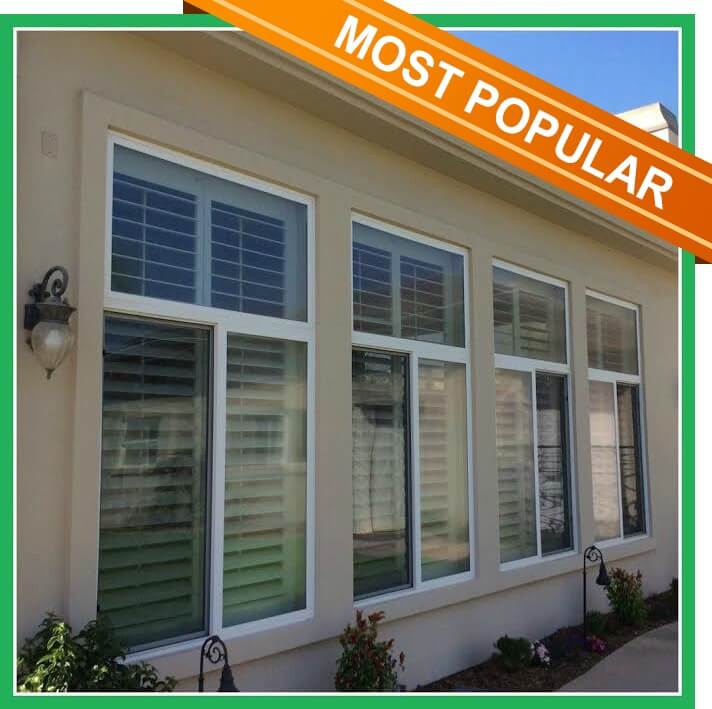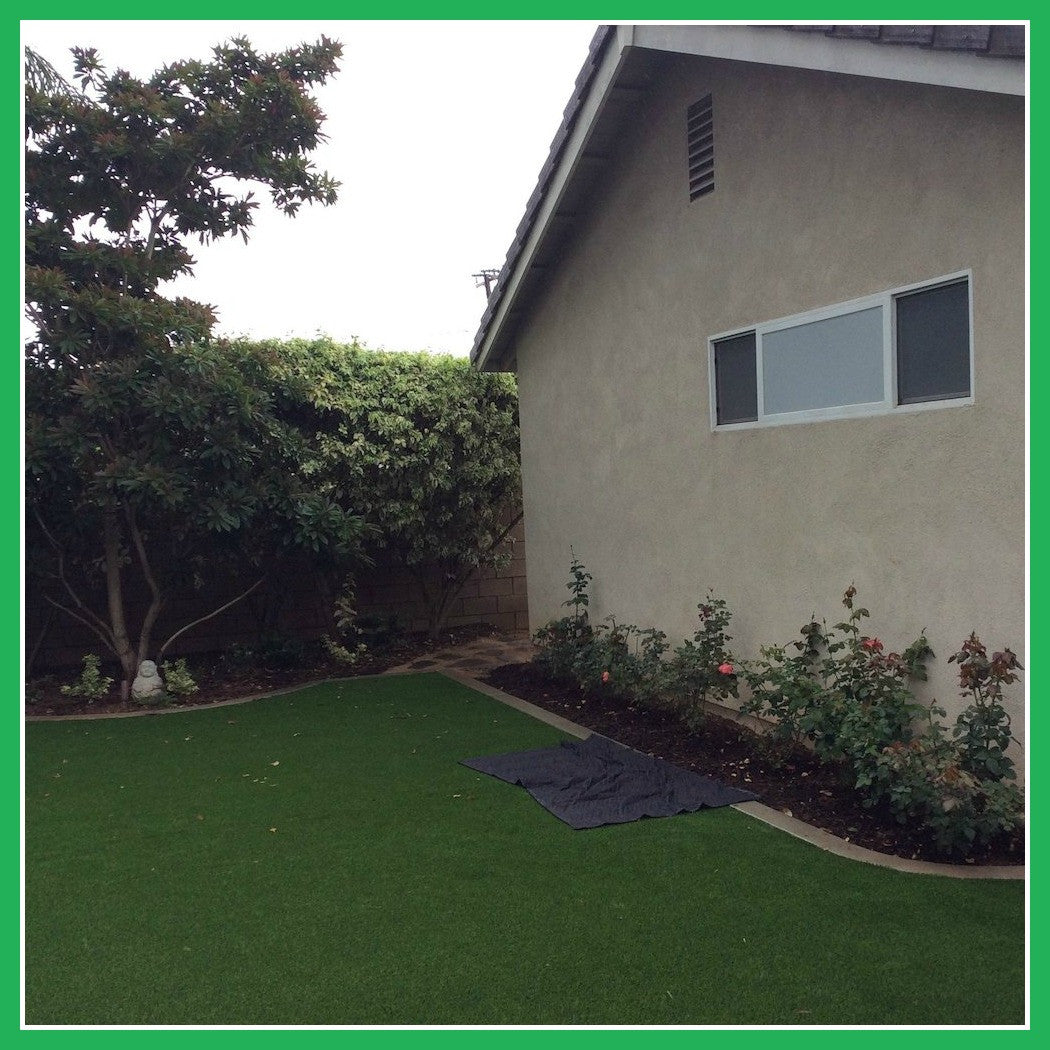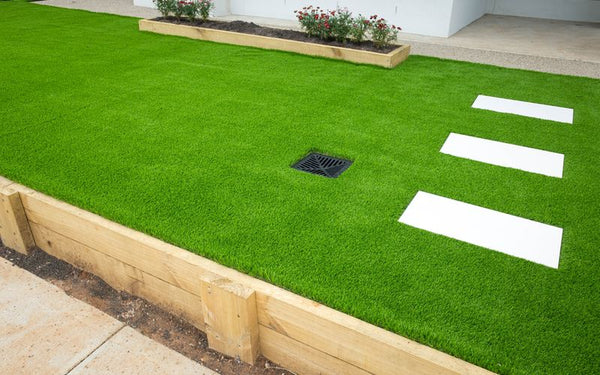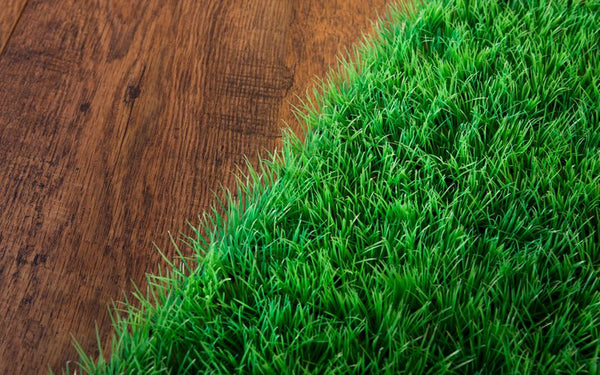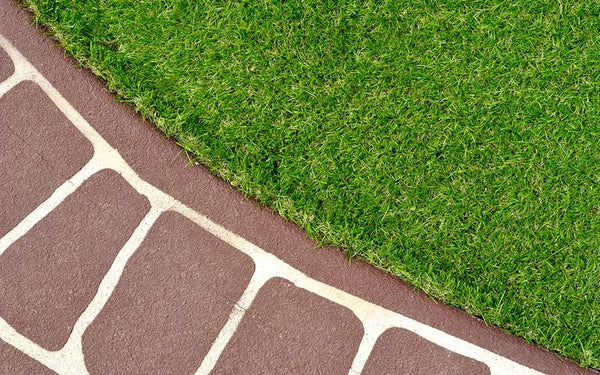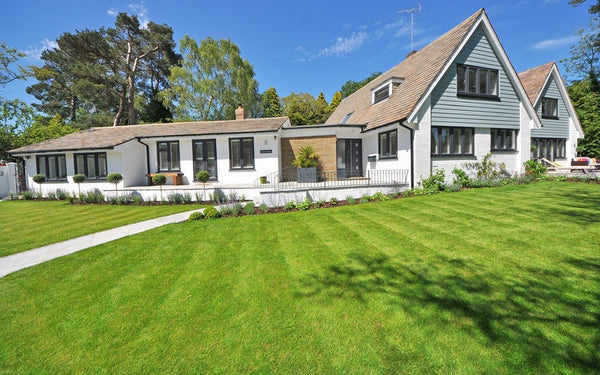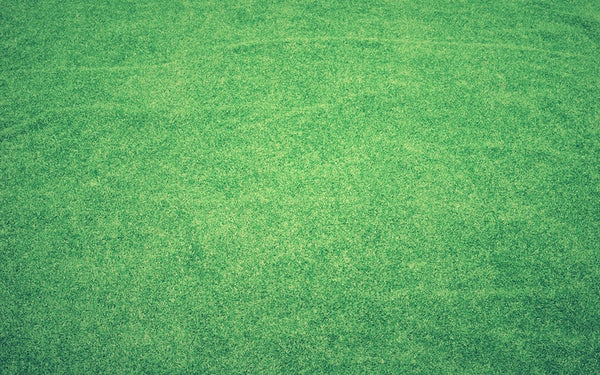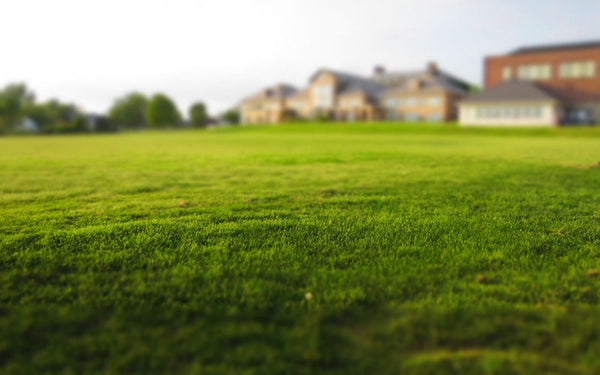
The melting point of natural turf is very high. It takes a temperatures of about 200 degrees Fahrenheit for most turf to be completely liquefied. So why and how does your turf become liquefied during hot summer days? The answer could be a mirror reflecting on the turf, which is burning the grass.
A natural turf that is exposed to too much sunlight can also cause your turf to become liquefied, because the turf will absorb the energy from the sun's rays. If the sunlight is strong enough, it could cause the turf to completely liquefy.
Protect Your Turf
You should be careful with the grass that you use on your turf; this is because turf that is not treated properly will not hold the moisture it needs to stay green and healthy. Some people try to water their turf regularly, but this is not a good idea. Instead, you should water your turf twice a day and keep it moist until the next morning.
Another tip for protecting your artificial turf is to make sure that your turf is properly sealed at all times. You should be using a sealant in between your grass strands, and you should be checking the grass in between the sealant to make sure that your grass is not getting wet. Make sure that you are using the right type of sealant, and that you are using the correct density, and the correct consistency of the sealant.
Other ways to prevent turf melting are to ensure that you have a ventilation system for the turf, and to be sure to have a regular watering schedule for the turf. Your regular watering schedule may vary based on the climate that you live in. Make sure that you have an air source valve installed so that you can avoid excess moisture in the house or other areas of the home that the turf is located. Contact us now to request more information.

